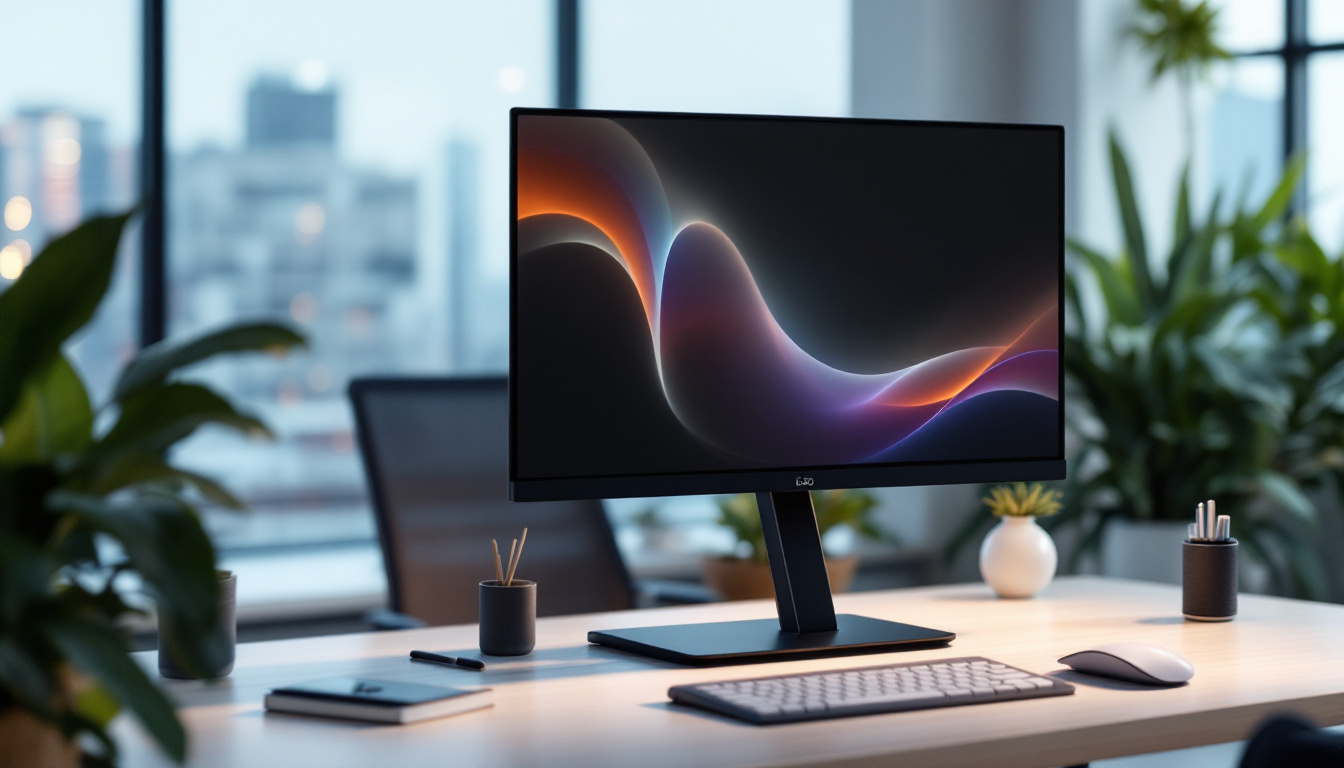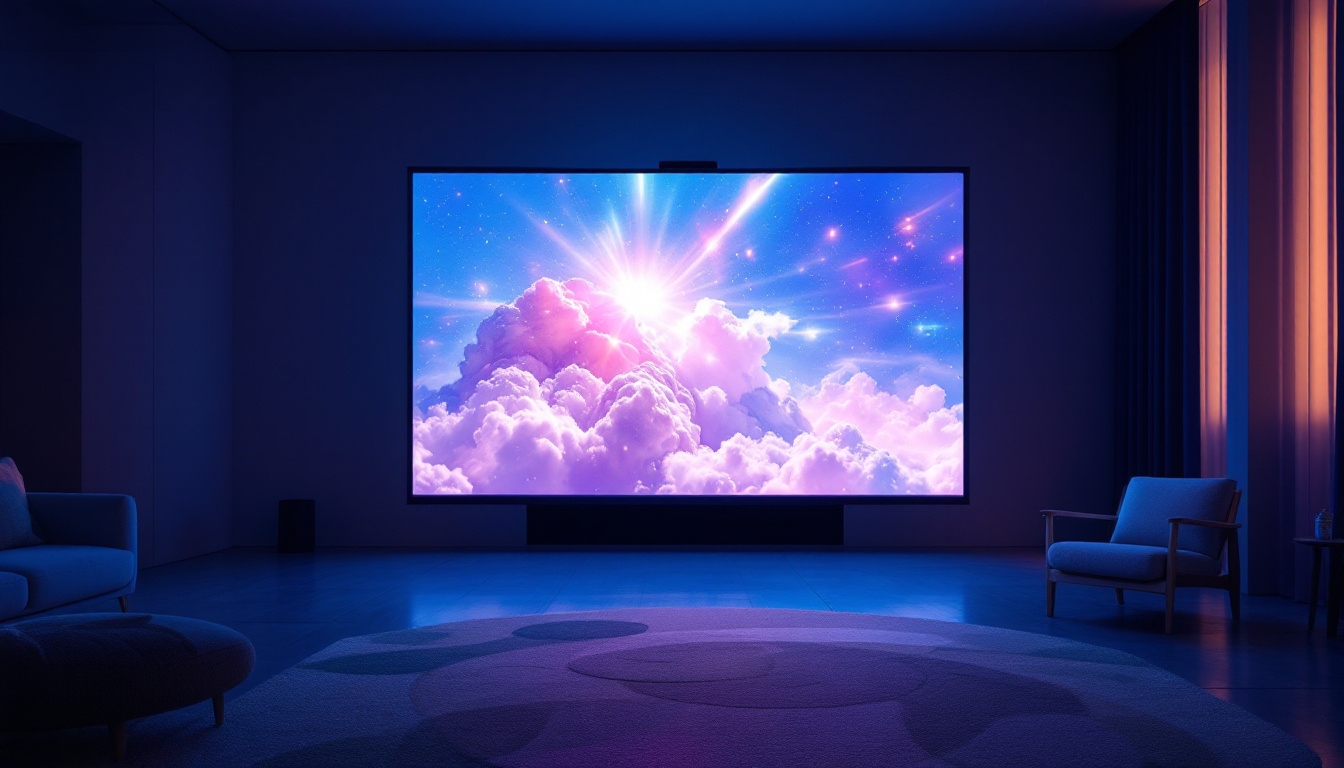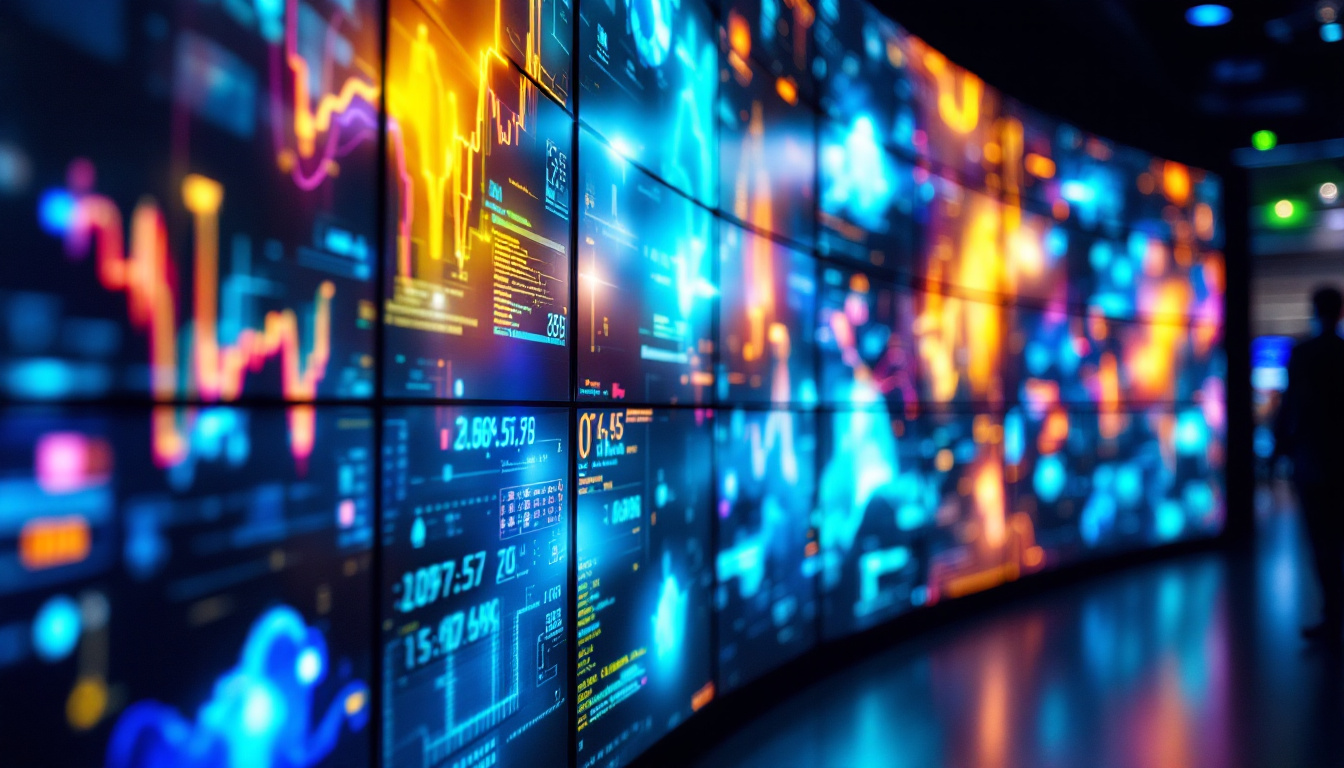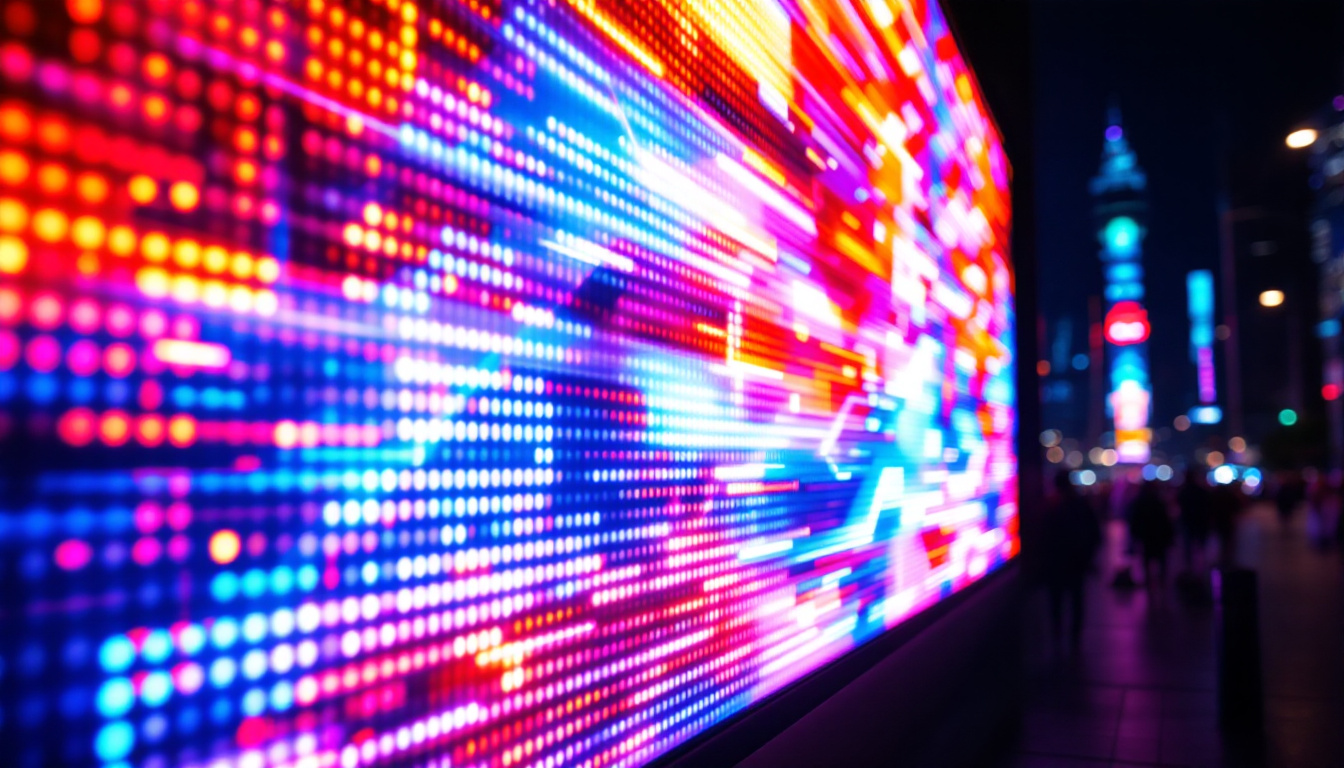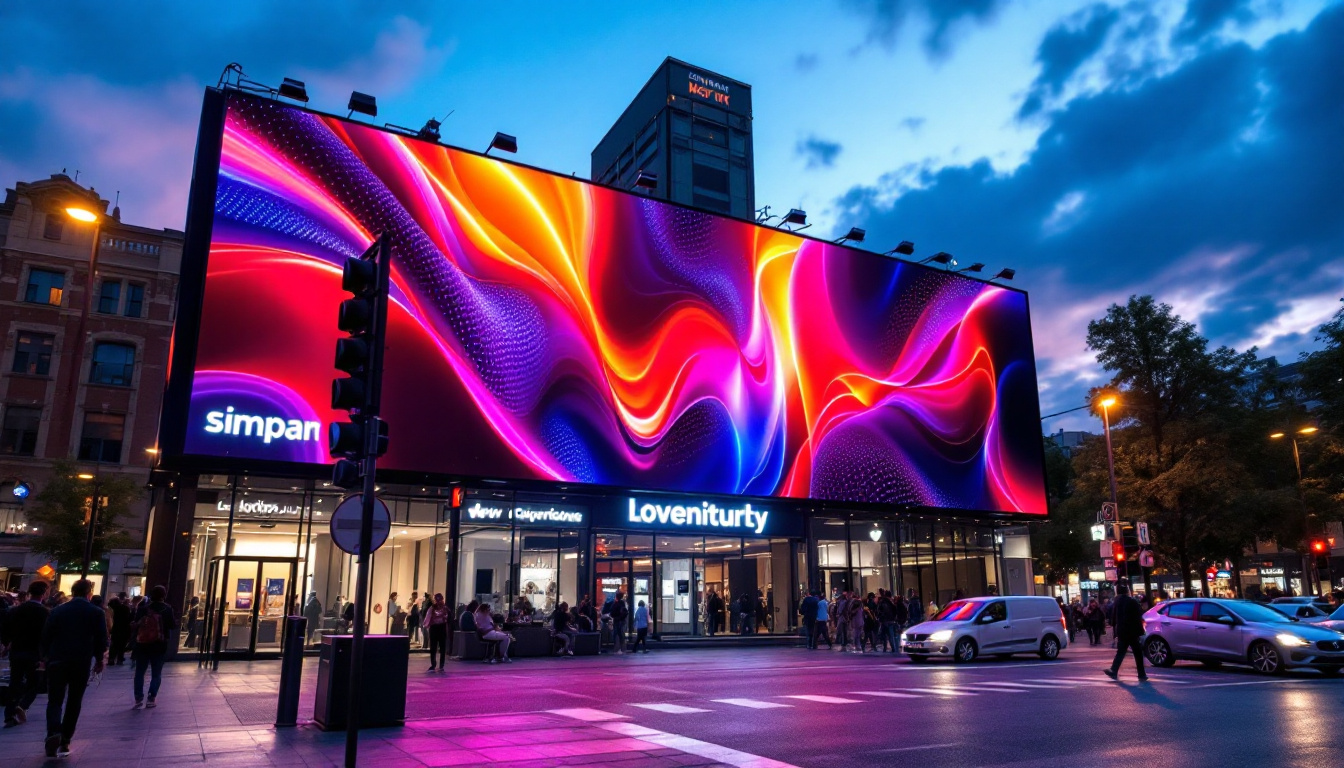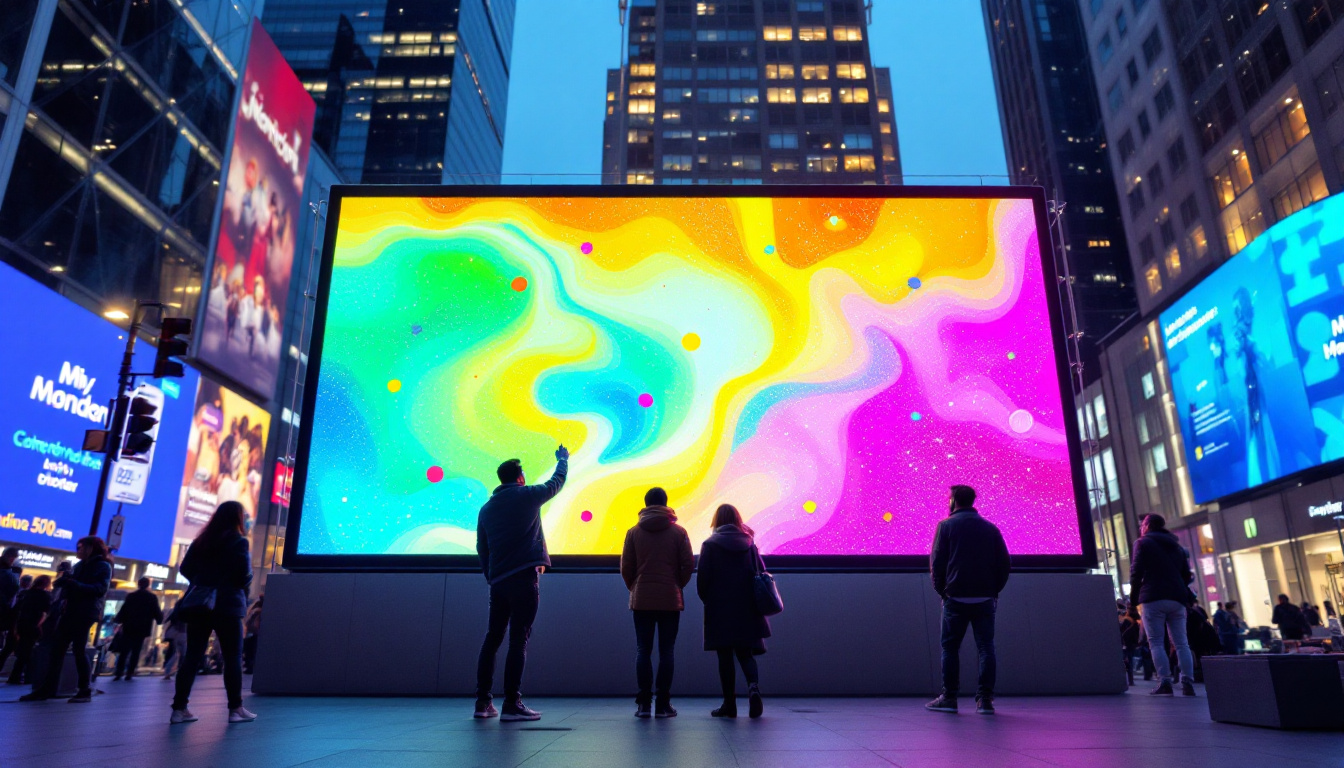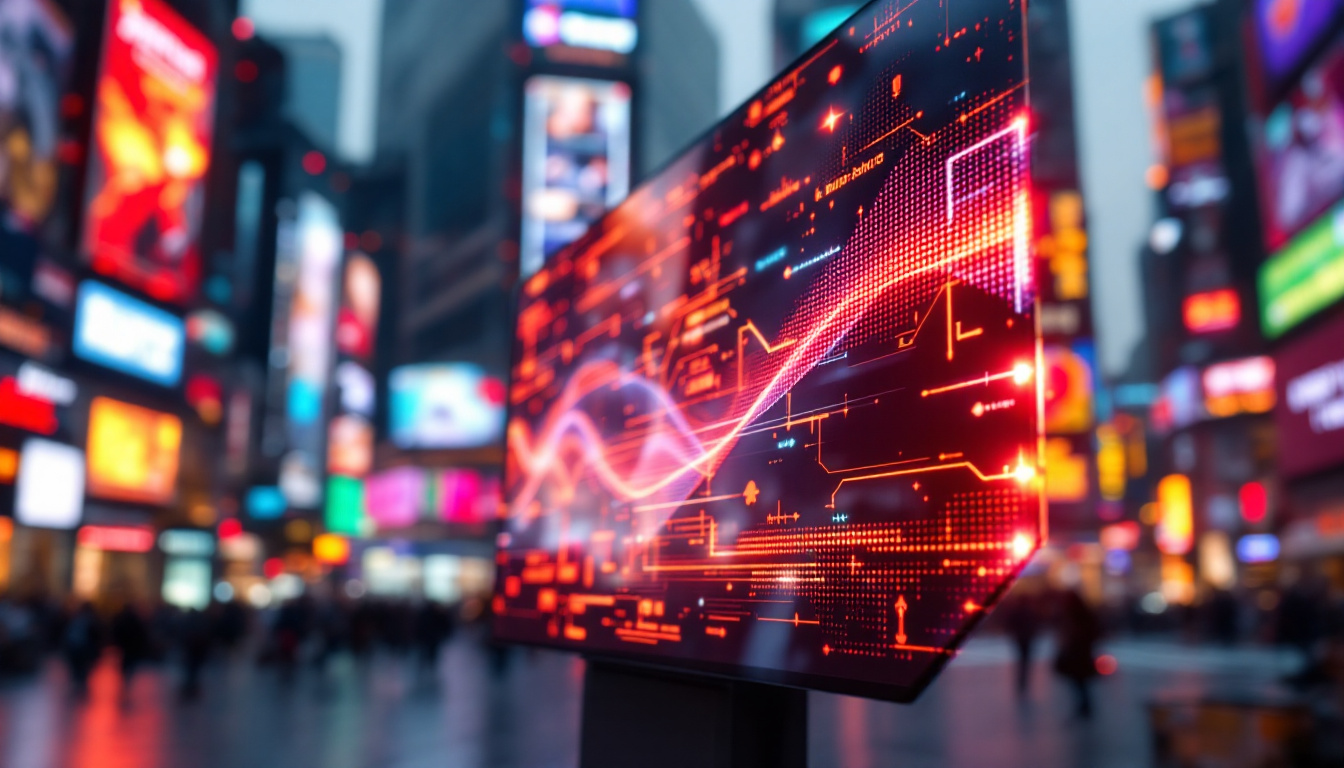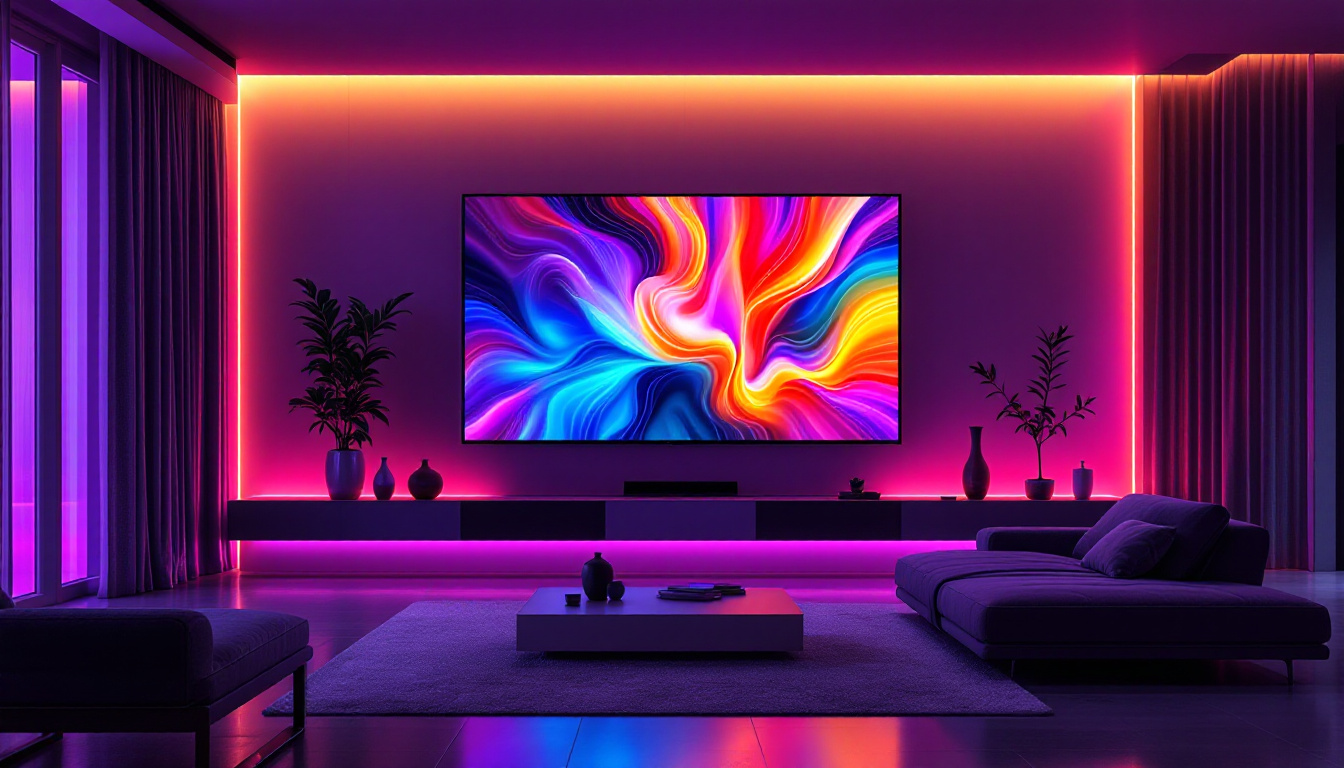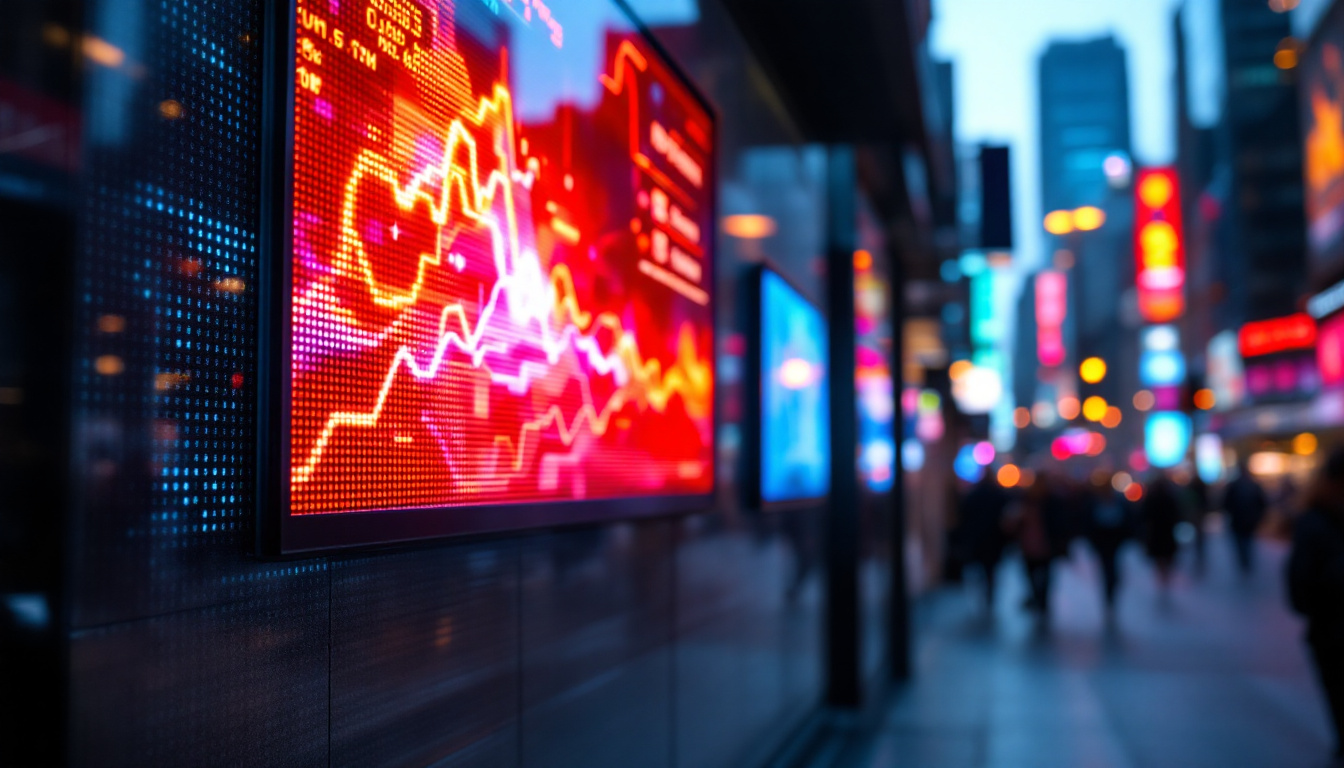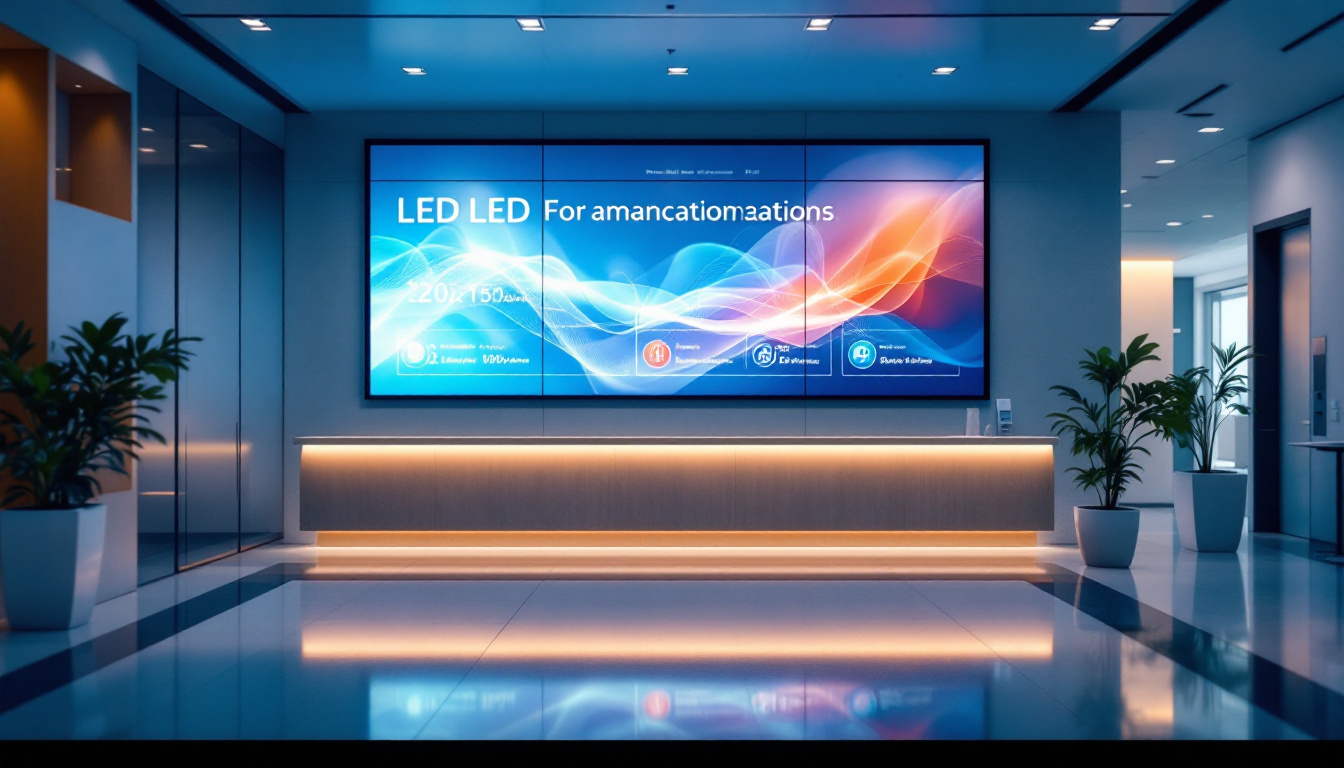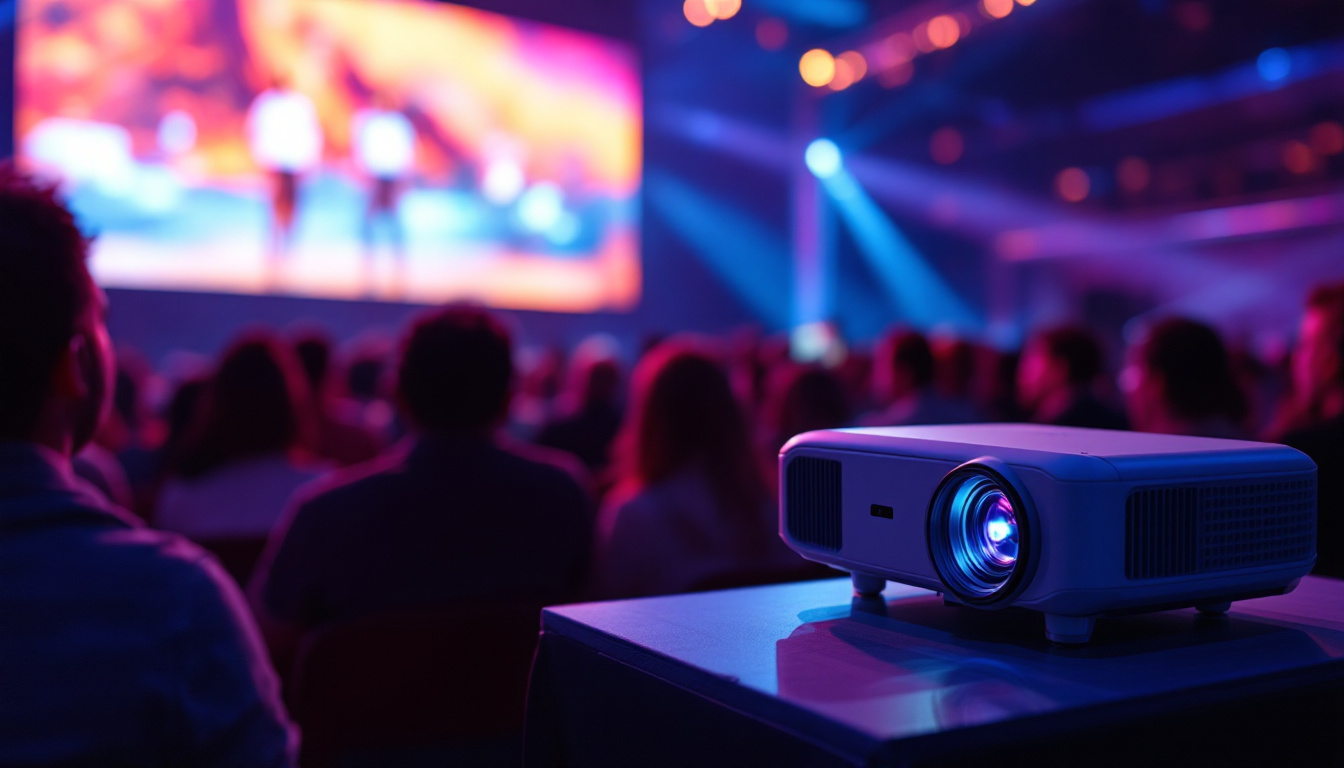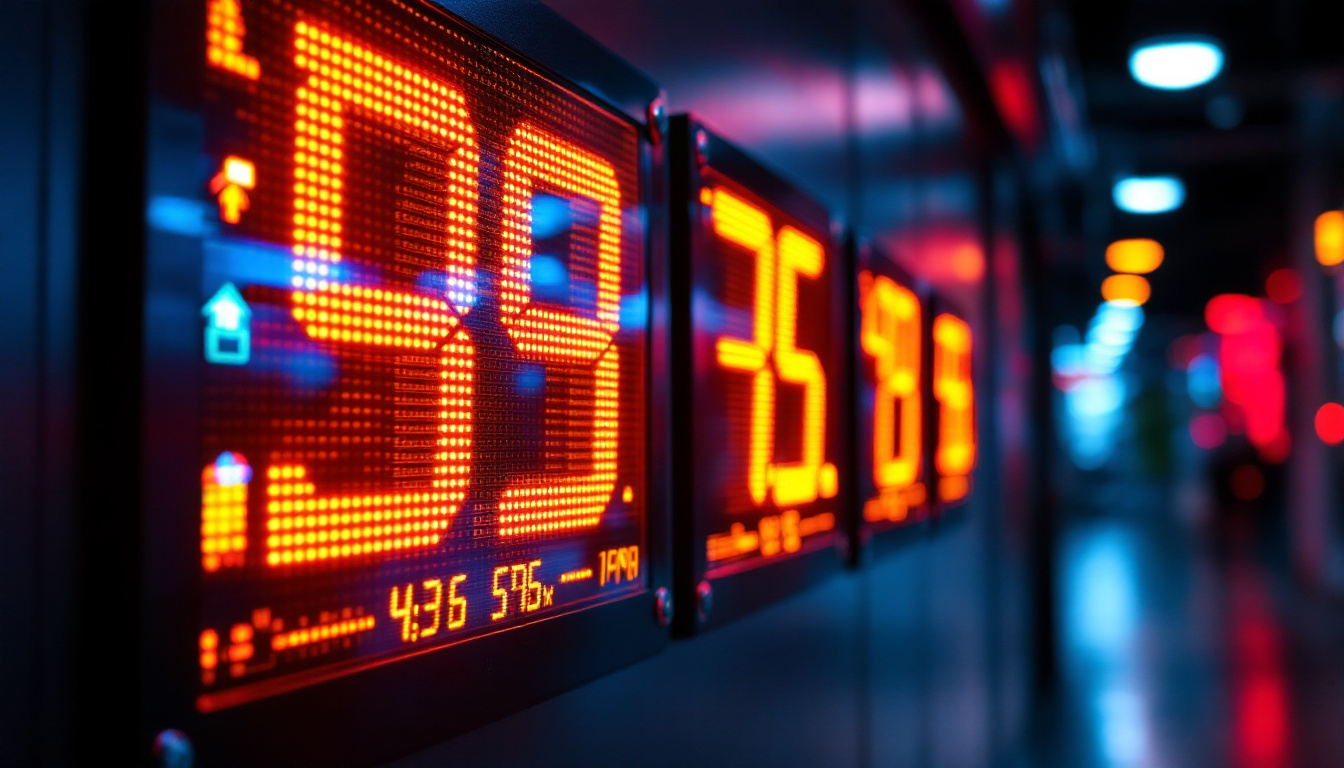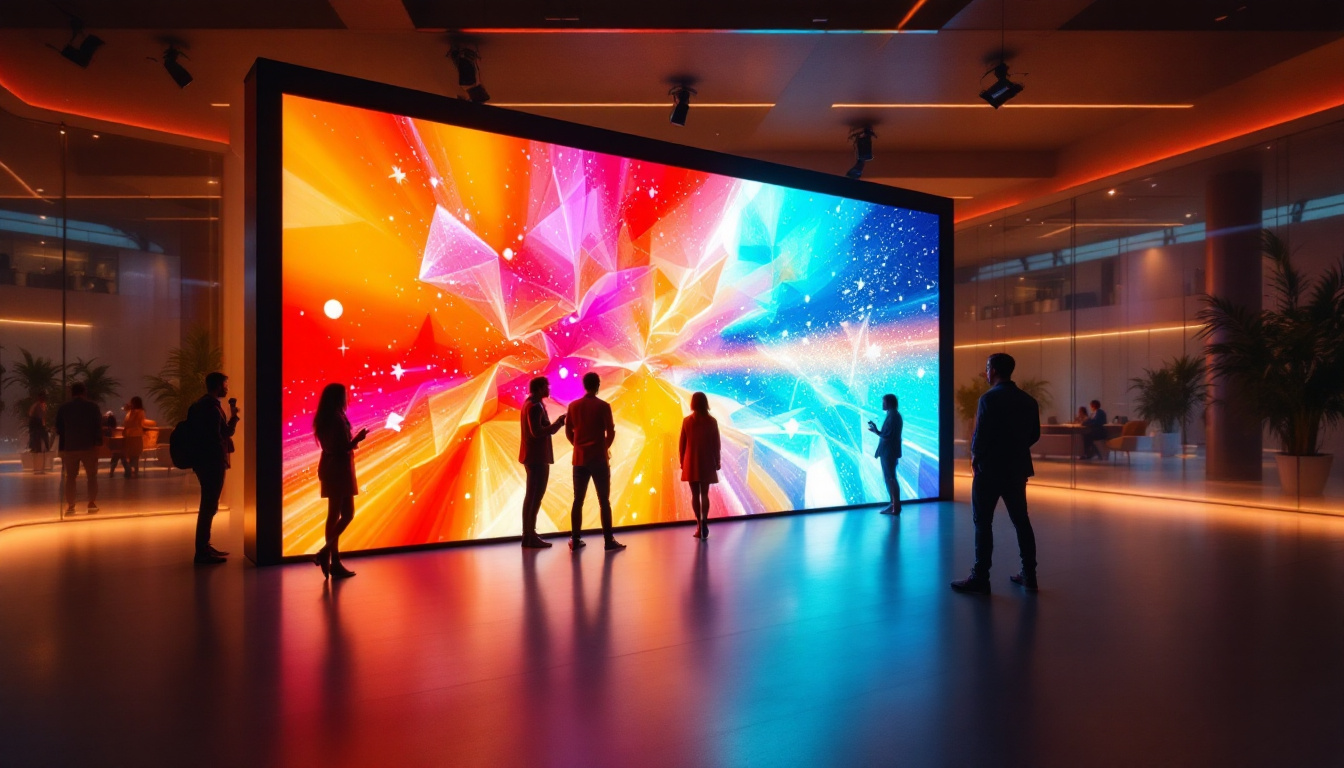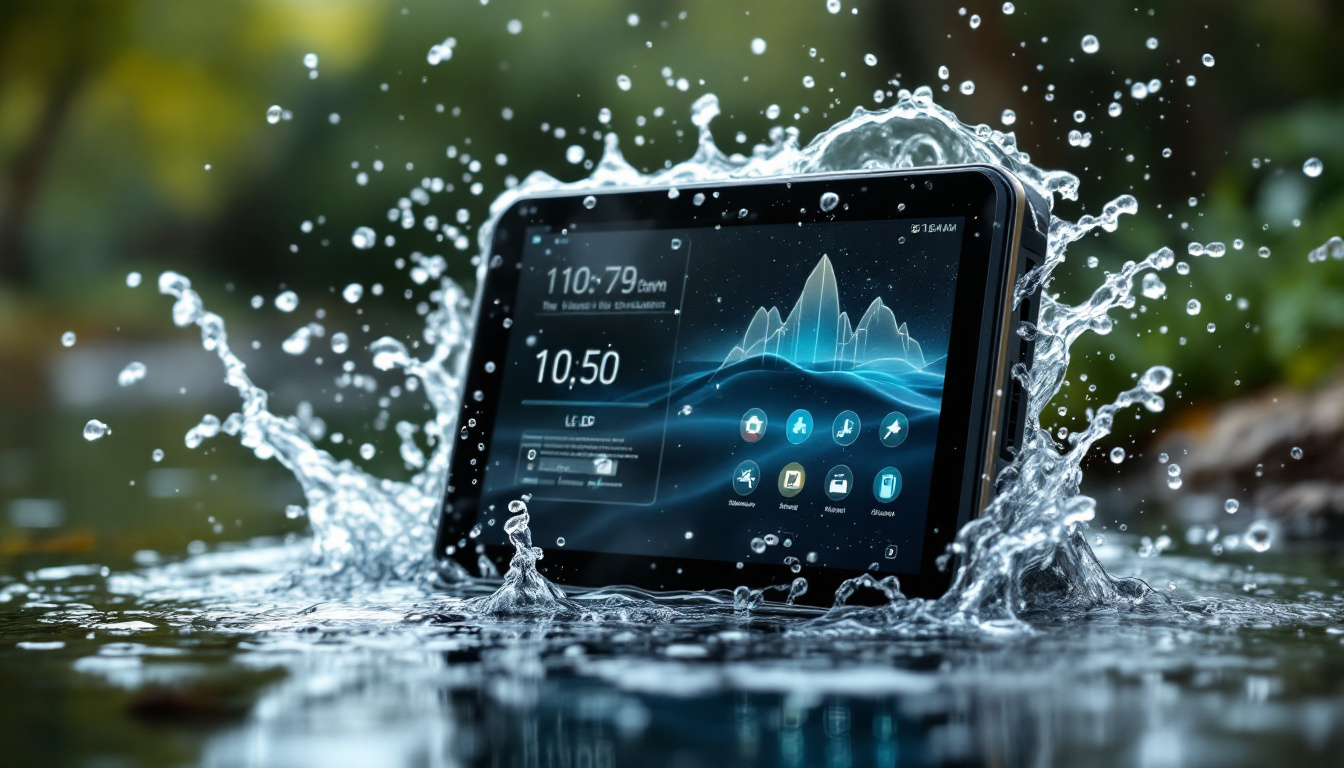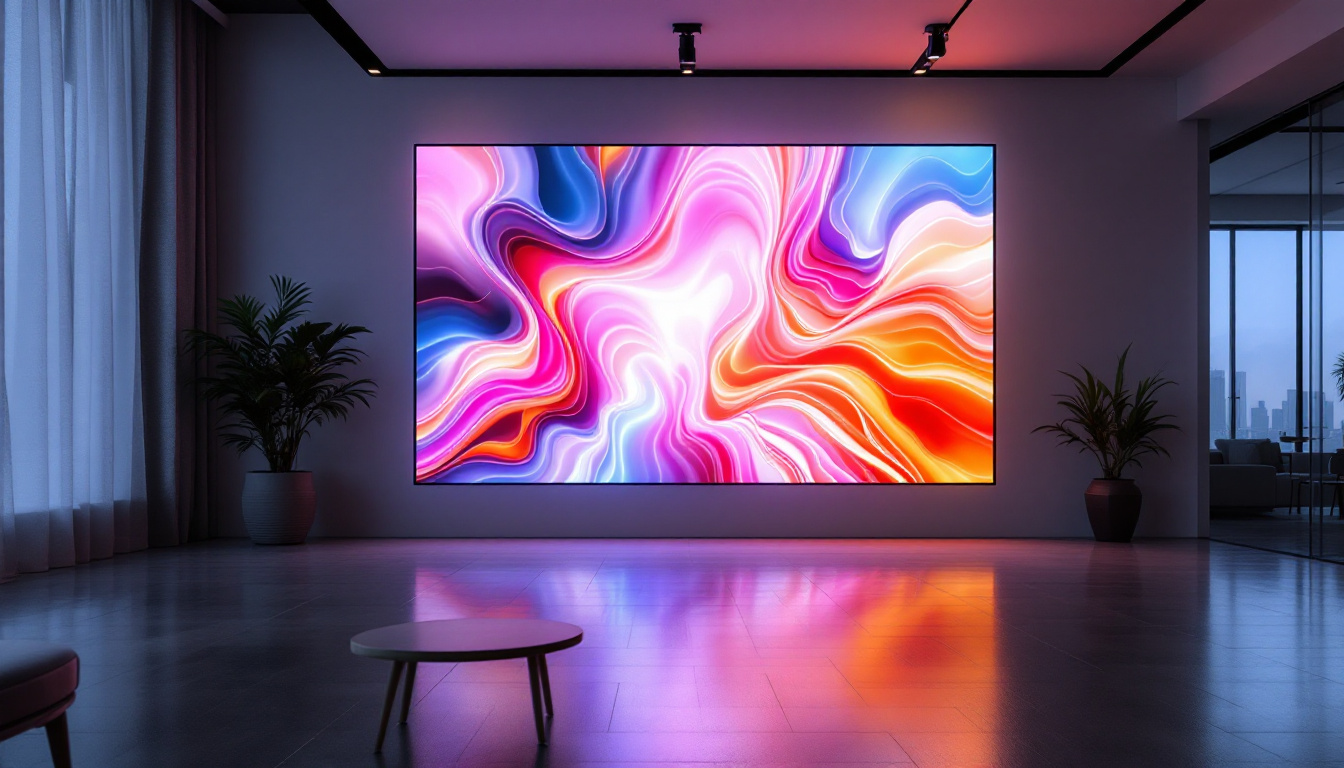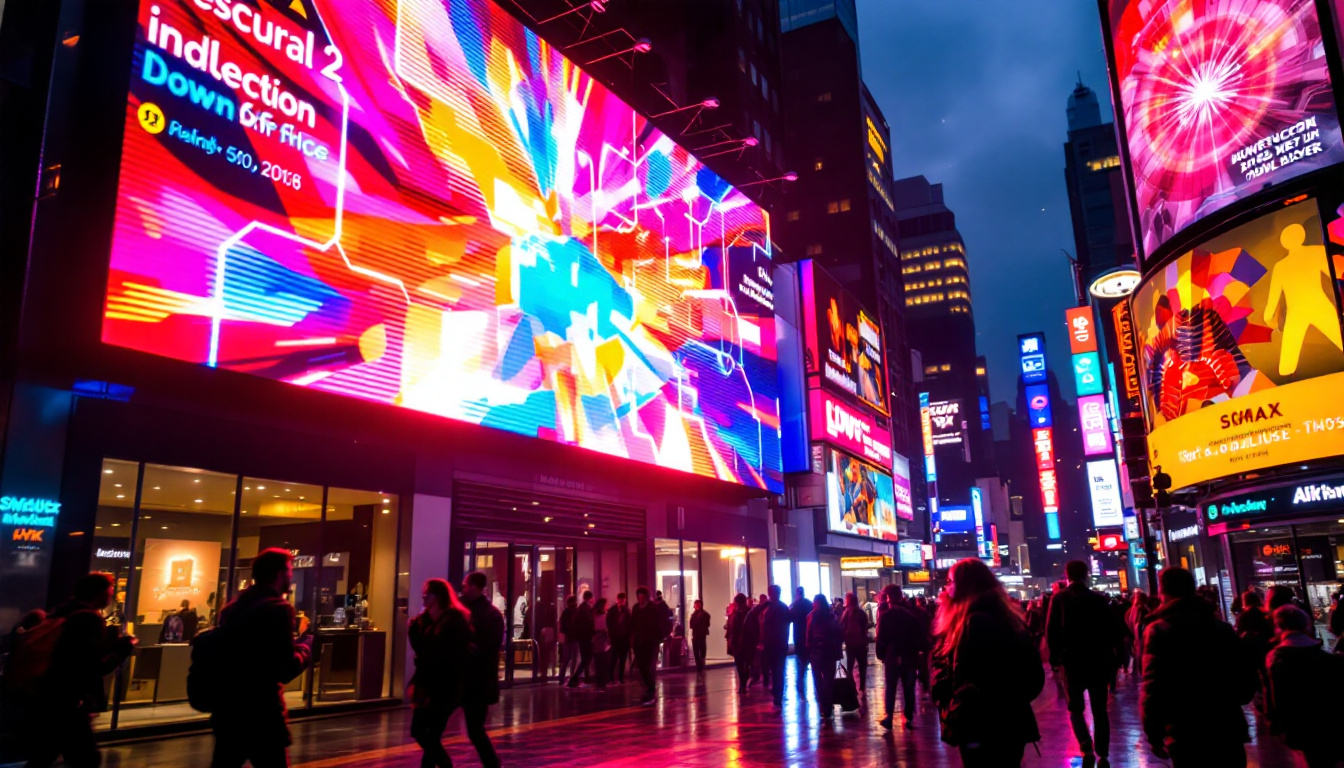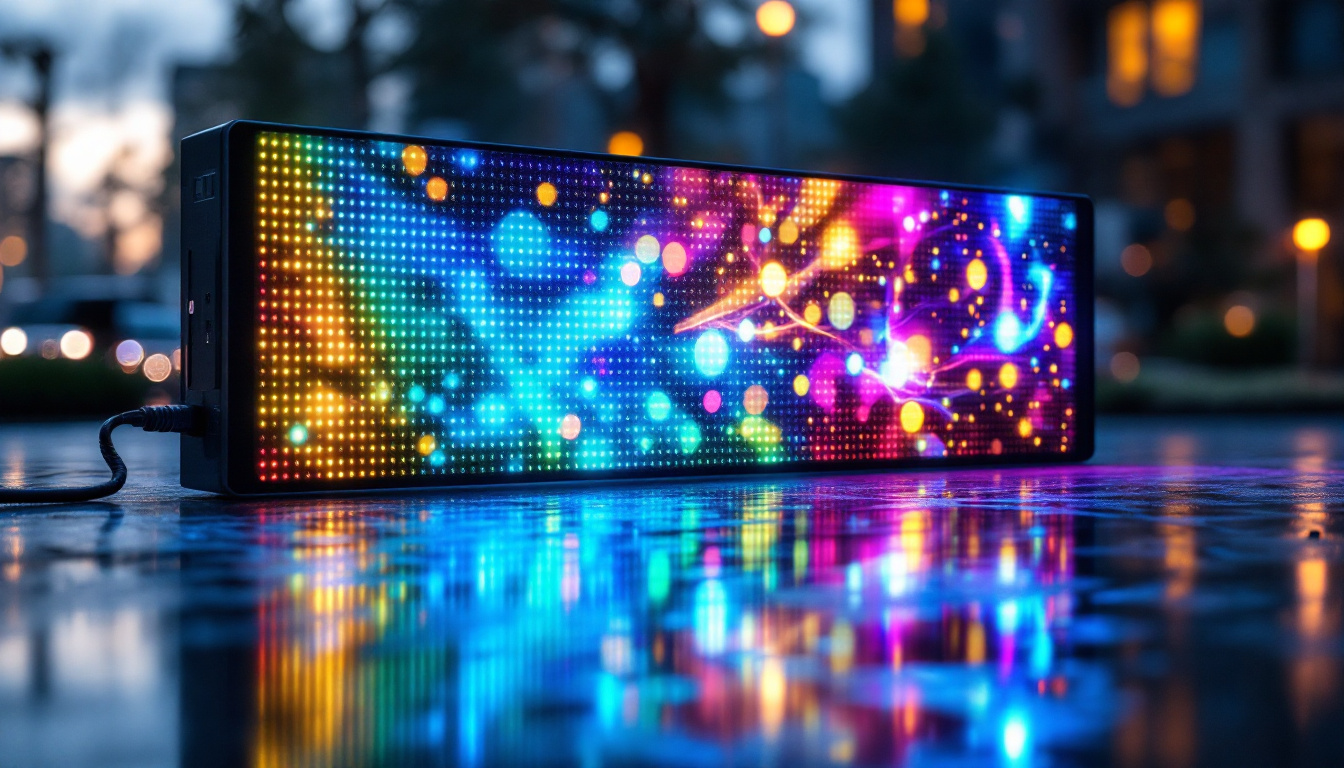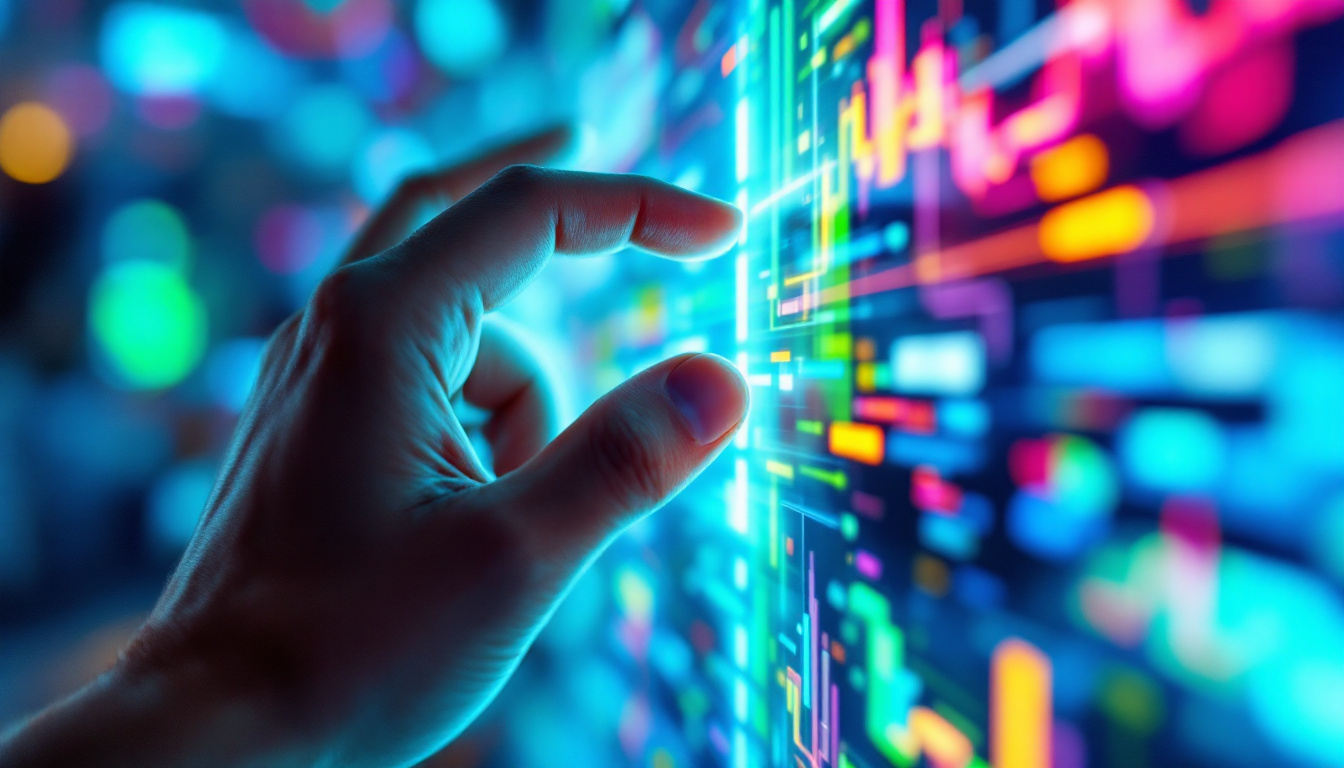In today’s fast-paced business environment, standing out is more crucial than ever. One effective way to capture attention is through the use of LED signs. These vibrant displays not only enhance visibility but also provide a versatile platform for communication. This article delves into the world of LED displays, exploring their benefits, applications, and considerations for businesses looking to invest in this technology.
Understanding LED Technology
Light Emitting Diodes (LEDs) are semiconductor devices that emit light when an electric current passes through them. This technology has revolutionized the way businesses communicate with their customers. Unlike traditional signage, LED displays offer dynamic content that can be easily updated, making them an attractive option for various applications. The efficiency of LEDs also contributes to their growing popularity; they consume significantly less energy than incandescent or fluorescent lights, which not only reduces operational costs but also supports sustainability initiatives.
The Basics of LED Displays
LED displays come in various forms, from simple text-based signs to full-color video walls. The basic components of an LED display include the LED modules, a control system, and a power supply. The modules are made up of numerous tiny LEDs that work together to create images and text. The control system allows businesses to manage the content displayed, while the power supply ensures the LEDs function efficiently. Additionally, advancements in technology have led to the development of smart LED displays that can integrate with various software platforms, enabling real-time updates and interactive features that enhance customer engagement.
Types of LED Displays
There are several types of LED displays available, each designed for specific purposes. Common types include:
- Indoor LED Displays: These are typically used in retail environments, conference rooms, and other indoor spaces. They offer high resolution and vibrant colors, making them ideal for showcasing products or information. Indoor displays often utilize a finer pixel pitch, which allows for closer viewing distances and sharper images.
- Outdoor LED Displays: Built to withstand the elements, outdoor displays are larger and more durable. They are often used for advertising, event promotion, and public information. These displays are designed with higher brightness levels to ensure visibility even in direct sunlight, and many feature weatherproof casings to protect against rain, wind, and dust.
- Mobile LED Displays: These portable displays can be mounted on trucks or trailers, allowing businesses to take their message on the road. They are particularly effective for events and promotions. Mobile LED displays can be programmed to show various content, making them versatile tools for reaching diverse audiences at different locations.
In addition to these common types, there are also specialized LED displays, such as transparent LED screens that allow for creative advertising while maintaining visibility through the glass. These innovative displays are often used in storefronts and exhibitions, providing a unique way to capture attention without obstructing the view. Furthermore, the integration of LED technology into architectural design has led to the creation of stunning facades that not only serve functional purposes but also enhance the aesthetic appeal of buildings, transforming urban landscapes into vibrant canvases of light and color.
Benefits of LED Displays for Businesses
Investing in LED displays can yield numerous benefits for businesses. From enhancing brand visibility to improving customer engagement, these displays offer a range of advantages that can significantly impact a company’s bottom line.
Enhanced Visibility
One of the most significant benefits of LED displays is their ability to attract attention. The bright, vivid colors and dynamic content make them stand out, even in busy environments. This enhanced visibility is crucial for businesses looking to draw in foot traffic and increase brand awareness. Furthermore, the high contrast and clarity of LED technology ensure that messages are easily readable from a distance, making them ideal for outdoor settings where competition for attention is fierce. Whether it’s a retail store, a restaurant, or a corporate office, the strategic placement of LED displays can transform the way potential customers perceive a brand.
Cost-Effectiveness
While the initial investment in LED technology may seem high, the long-term savings can be substantial. LED displays consume less energy compared to traditional lighting methods, leading to lower electricity bills. Additionally, their durability means fewer replacements and maintenance costs over time. Many LED displays are rated for tens of thousands of hours of use, which significantly outlasts conventional signage. This longevity not only reduces waste but also allows businesses to allocate their budgets more effectively, investing in other areas of growth while enjoying the benefits of a reliable advertising medium.
Dynamic Content Management
Unlike static signs, LED displays allow businesses to change their messaging quickly and easily. This flexibility enables companies to promote special offers, announce events, or share important information in real-time. The ability to update content remotely can save time and resources, making it a valuable tool for marketing strategies. Moreover, businesses can tailor their messages to specific audiences or times of day, enhancing the relevance of their communications. For instance, a coffee shop could display morning specials during rush hour and switch to evening promotions later in the day, maximizing engagement and sales opportunities. This adaptability not only keeps the content fresh but also fosters a more dynamic interaction with customers, encouraging them to return for new experiences.
Applications of LED Displays
The versatility of LED displays makes them suitable for a wide range of applications across various industries. Understanding these applications can help businesses identify how they might benefit from this technology.
Retail Environments
In retail, LED displays are used to showcase products, announce sales, and create an engaging shopping experience. They can be strategically placed in-store or in windows to attract passersby. Additionally, interactive LED displays can enhance customer engagement, allowing shoppers to browse products or access information easily.
Event Promotion
For events, LED displays serve as powerful marketing tools. Whether it’s a concert, festival, or corporate event, these displays can provide real-time updates, schedules, and promotional content. Their ability to display high-quality visuals can significantly enhance the overall experience for attendees.
Public Information
Many municipalities use LED displays for public information purposes. These signs can convey important messages, such as traffic updates, emergency alerts, and community announcements. Their visibility and ability to display changing information make them ideal for keeping the public informed.
Considerations When Choosing an LED Display
While LED displays offer numerous advantages, businesses must consider several factors before making a purchase. Understanding these considerations can help ensure that the chosen display meets the specific needs of the business.
Size and Location
The size of the LED display should be determined based on its intended location and purpose. For outdoor displays, larger sizes may be necessary to ensure visibility from a distance. Conversely, indoor displays may require smaller, high-resolution options to fit within the space and provide clear images.
Resolution and Pixel Pitch
Resolution is a critical factor in determining the quality of the display. Pixel pitch refers to the distance between the center of one pixel to the center of the next. A smaller pixel pitch results in higher resolution and better image quality, making it essential for applications where clarity is paramount.
Budget and Return on Investment
Establishing a budget is crucial when investing in LED displays. While high-quality displays may come with a higher price tag, the potential return on investment should be considered. Analyzing the expected benefits, such as increased foot traffic and sales, can help justify the expenditure.
Installation and Maintenance of LED Displays
Proper installation and maintenance are vital to ensuring the longevity and effectiveness of LED displays. Understanding these aspects can help businesses maximize their investment.
Professional Installation
While some businesses may consider a DIY approach to installation, hiring professionals is often the best course of action. Experienced installers can ensure that the display is set up correctly, optimizing its performance and minimizing potential issues. Additionally, they can provide guidance on the best placement for maximum visibility.
Regular Maintenance
To keep LED displays functioning optimally, regular maintenance is essential. This includes cleaning the screen, checking connections, and updating software as needed. Establishing a maintenance schedule can help prevent issues and extend the lifespan of the display.
Future Trends in LED Display Technology
The LED display industry is continually evolving, with new technologies and trends emerging regularly. Staying informed about these developments can help businesses leverage the latest advancements for their benefit.
Smart LED Displays
As technology advances, smart LED displays are becoming increasingly popular. These displays can connect to the internet, allowing for real-time data integration and content management. This capability enables businesses to tailor their messaging based on factors such as time of day, weather, or audience demographics.
Eco-Friendly Options
With growing awareness of environmental issues, many manufacturers are focusing on creating eco-friendly LED displays. These options often feature energy-efficient designs and sustainable materials, appealing to environmentally conscious consumers and businesses alike.
Integration with Augmented Reality
Augmented reality (AR) is making its way into the LED display market, offering exciting possibilities for interactive experiences. By integrating AR technology, businesses can create immersive environments that engage customers in new and innovative ways.
Conclusion
LED displays represent a powerful tool for businesses looking to enhance their visibility and engage with customers. With their dynamic capabilities, cost-effectiveness, and versatility, these displays can significantly impact a company’s marketing strategy. By understanding the various types of LED displays, their applications, and the considerations involved in choosing the right one, businesses can make informed decisions that drive success.
As technology continues to evolve, staying abreast of the latest trends will ensure that businesses remain competitive in an ever-changing landscape. Investing in LED displays today may very well pave the way for a brighter, more engaging future.
Illuminate Your Brand with LumenMatrix
Ready to elevate your business’s visibility and captivate your audience with unparalleled visual experiences? Discover LumenMatrix’s comprehensive range of LED display solutions, from vibrant Indoor and Outdoor LED Wall Displays to innovative Vehicle and Transparent LED Displays. Embrace the future of visual communication with our cutting-edge technology designed to enhance engagement and deliver your message with impact. Don’t wait to transform your space and inspire your audience. Check out LumenMatrix LED Display Solutions today and see the difference for yourself.


